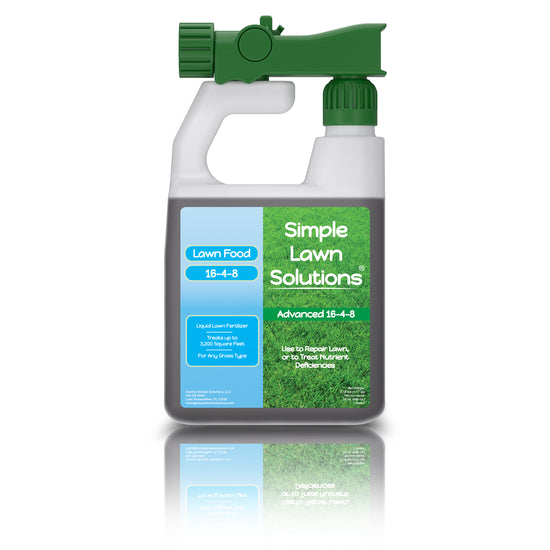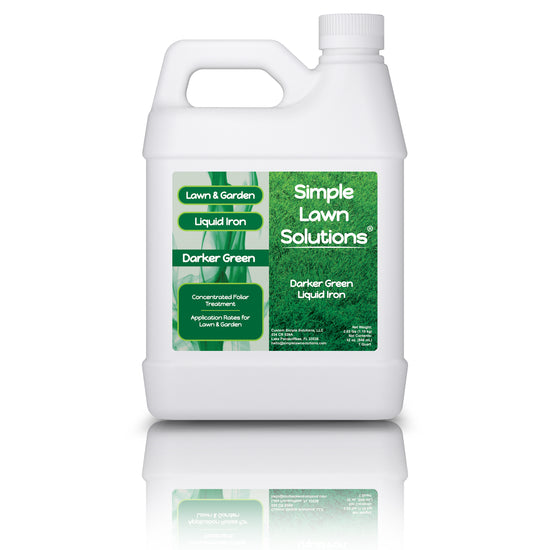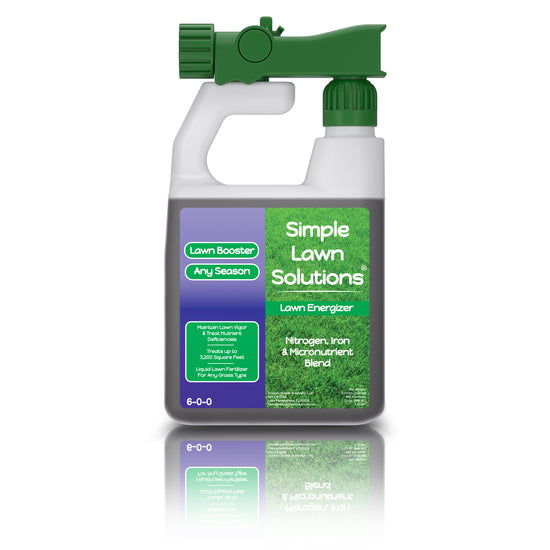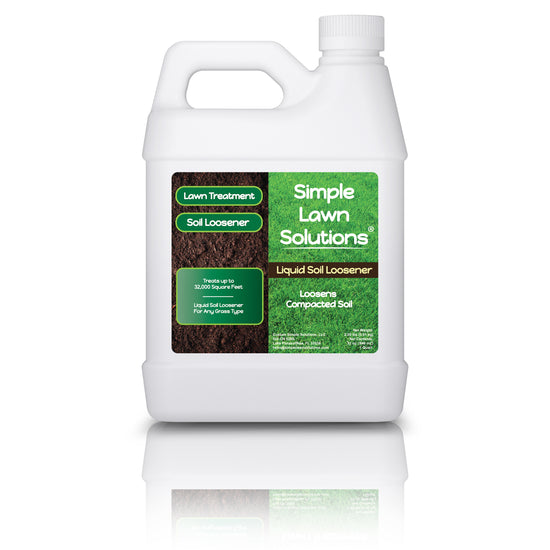Managing turfgrass in high-traffic areas within your lawn requires selecting the best type of grass that can withstand environmental and mechanical stress. The grass's resilience and recuperative ability are the most crucial factors. This overview outlines the most suitable warm—and cool-season turfgrass species for high-wear areas, drawing from research and best practices.
Warm-Season Grasses: Tolerance to Traffic and Stress
Bermudagrass
Hybrid Bermudagrass is considered one of the best stress-tolerant turfgrasses. The recuperative rate of hybrid bermudagrass is excellent when combined with a predetermined fertilization program. Its ability to withstand heat and drought stress is superior. Another positive characteristic of hybrid bermudagrass is shear strength. Bermudagrass produces a high shoot density, especially in hybrid cultivars such as Tiftuff and Latitude 36. This creates a tight-knit sod layer that acts like a reinforced carpet, resisting tearing or displacement under cleats or foot traffic.
Hybrid bermudagrass grows by rhizomes (below-ground stems) and stolons (above-ground stems) that form a lateral network that reinforces turf structure. Bermudagrass has a deep, fibrous root system that strengthens the soil and root interface. The plant's leaf tissue has more rigid blades and stems, allowing it to withstand mechanical stress.
Seashore Paspalum
Seashore Paspalum is a turfgrass that is used by less than 1% of home lawns. The maintenance level required is high and should only be utilized on high-profile lawns and landscapes. Mainly used in sports fields and golf course settings, it is gaining popularity for specific situations on home lawns. This type of grass grows well in the southern US, coastal areas of Florida, Georgia, Texas, and the Gulf Coast.
One important characteristic that makes this type of grass attractive is its ability to tolerate salt, which is present in coastal areas in the south. One disadvantage of Seashore Paspalum compared to bermudagrass, is its ability to tolerate drought. Although it accepts high salts and reclaimed water for irrigation, it must be regularly watered to avoid drought stress.

Zoysiagrass
Zoysiagrass has a medium to high tolerance for high traffic. It is not ranked as the best turfgrass for wear tolerance, but new and improved cultivars are now available that warrant consideration. Zoysia japonica cultivar displays a good tolerance to high traffic but is also slow to recover. Zeon, Zorro, and Geo are premium cultivars with better wear aesthetics and have been utilized on home lawns in southern US regions and transition zone lawns. One of the most significant characteristics of zoysiagrass is its tolerance to shade. With all the warm-season grasses listed and discussed, zoysia is the only one that can tolerate shade more than the others.
Cool-Season Grasses: Tolerance to Traffic and Stress
Kentucky Bluegrass (Poa pratensis)
Kentucky bluegrass is a popular turfgrass used on significant league sports fields, golf courses, and home lawns. It is estimated that 35%—40% of all lawns in the United States have Kentucky bluegrass, most in the north and northeastern regions. This grass grows by rhizomes (underground stems) that allow it to spread to fill in and become dense. This does give it an advantage over bunch-type grasses such as perennial ryegrass and tall fescue. Once a thick and dense canopy develops, it protects the plant's crown. Kentucky bluegrass is a resilient turfgrass that tolerates moderate traffic and has good recuperative capabilities. Growing from seed requires patience as the germination range can take 14 - 28 days.
Establishing Kentucky bluegrass can require an intense management approach. Seed-to-soil contact is critical for ideal germination and growth. Light, frequent watering is needed 3 - 4 times daily during germination. Usually, a starter fertilizer high in phosphorus is applied to encourage rooting. Kentucky bluegrass can be blended with perennial ryegrass, so there would be a more rapid coverage while bluegrass seed germinates. Patience, moisture management, and a properly prepared seedbed are keys to establishing Kentucky bluegrass.
Perennial Ryegrass (Lolium perenne)
Perennial ryegrass performs well in high-traffic areas. It is utilized for sports fields, golf courses, and home lawns as an overseeding or a blend with other cool-season turfgrasses. The recoverability for perennial ryegrass is fair due to its bunch-type growth. Known for its rapid germination, it can display visual growth between 3 - 7 days. Its high shear strength makes it ideal for overseeding on dormant bermudagrass during winter months.
Perennial ryegrass grows by tillering from a single plant. The average tillers per plant is 4 - 10 leaves, producing additional surface coverage once maturity has been reached. There are some disadvantages when compared to Kentucky bluegrass. Perennial ryegrass does not grow by rhizomes or stolons, so the recuperative capability is limited. Traffic-damaged areas require reseeding or sodding. The growth can become clumpy or patchy if not managed correctly. This type of grass is also more prone to diseases when worn.
Tall fescue
Tall fescue (Festuca arundinacea) is a high-traffic-tolerant grass used for parks, sports fields, school grounds, and home lawns. It is drought-tolerant and requires less maintenance than Kentucky bluegrass and perennial ryegrass. High traffic tolerance is rated very good but has a medium to low recuperative capability. Shear strength is high with stiff leaf tissue texture and drought is usually not an issue for the survival of this type of grass. Recovery speed is slow when compared to the other cool-season grasses. Tall fescue has excellent wear and drought tolerance but is more suited for lower- to moderate-use athletic fields because of its limited recovery potential.
The leaf blades are thick and have good leaf tensile strength, which allows this grass type to withstand mowing pressure and stress. Fibrous roots from the fescue grass plant can penetrate the root zone 2 - 4 feet deep. The deep and strong anchoring growth makes tall fescue stable on the surface. Improved tall fescue cultivars have increased tiller growth, thus filling the surface for complete coverage. Tall fescue has limitations when compared to other cool-season grasses that are high-traffic tolerant. There are no rhizomes or stolons as this is a bunch-type grass. The grass can become clumpy during stress and if the maintenance level is not optimum.
Certain practices can increase high traffic tolerance. Maintaining adequate and proper N levels will enhance traffic tolerance. The mowing heights should be maintained between 2.5” and 3.5” throughout the growing season to increase the grass plant's reusability—detailed cultural practices such as core aeration and topdressing assist in managing thatch thickness and water penetration. Tall fescue is a tough, wear-tolerant grass with excellent drought resistance and high leaf strength, making it ideal for high-traffic, low-maintenance settings. However, due to its bunch-type growth, it requires overseeding to maintain density after heavy use.

Poa supina
Poa supina (supina bluegrass) is one of the most wear-tolerant cool-season grasses. It is particularly well-suited for high-traffic areas in cool, moist climates. Poa supina is used mainly in regions with high moisture content and intense shade. While it is not commonly used for home lawns, it is gaining attention for its durability and recovery capabilities on soccer fields and parks in the Pacific Northwest and Eastern European sports fields. Shade tolerance and cooler growth temperatures are excellent characteristics of this type of grass. Heat tolerance for poa supina is very poor and doesn’t perform well once the temperature rises above 80 degrees fahrenheit.
While not widely used in the U.S., Poa supina is recognized in turf management literature as having outstanding wear tolerance and recovery potential, especially in cool, shaded, and wet environments. Unlike perennial ryegrass or tall fescue, Poa supina spreads via above-ground stolons, quickly filling in worn areas. When addressing cool, moist, and shaded lawn areas, poa supina is the best type of grass to consider where temperatures are cooler in summer. There are very few seed sources within the United States, but they can be purchased online.
Poa supina is among the most wear-tolerant cool-season grasses. Its excellent shade adaptation and vigorous stoloniferous spread make it a standout choice for shaded, cool-climate sports fields and high-wear zones. Its main drawbacks are limited heat tolerance and availability, but it can outperform traditional bluegrass or ryegrass blends in the right setting for traffic durability and surface recovery.
The Importance of Fertilization for Lawns
The essential ingredient to make the grass more wear tolerant is a proper fertilization program designed to give the turf what it needs. A soil test is highly recommended to detail the nutrients and soil amendments your turf requires to become more resilient. Applying more nutrients than the plant needs can be counterproductive.

Excessive leaf growth will occur, and the grass will become lush and succulent, increasing mowing frequency. This will make the grass become less drought tolerant, shallow rooting, and form excessive thatch. Over-applying one nutrient can affect the uptake and absorption of another nutrient. Therefore, the grass plant will become less traffic tolerant and will not withstand foot traffic and stress.









